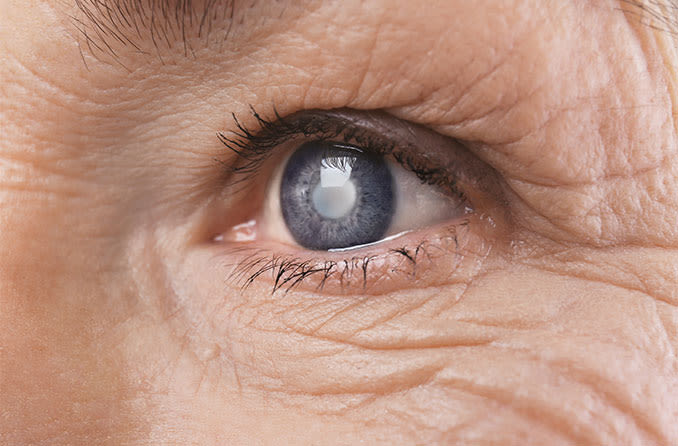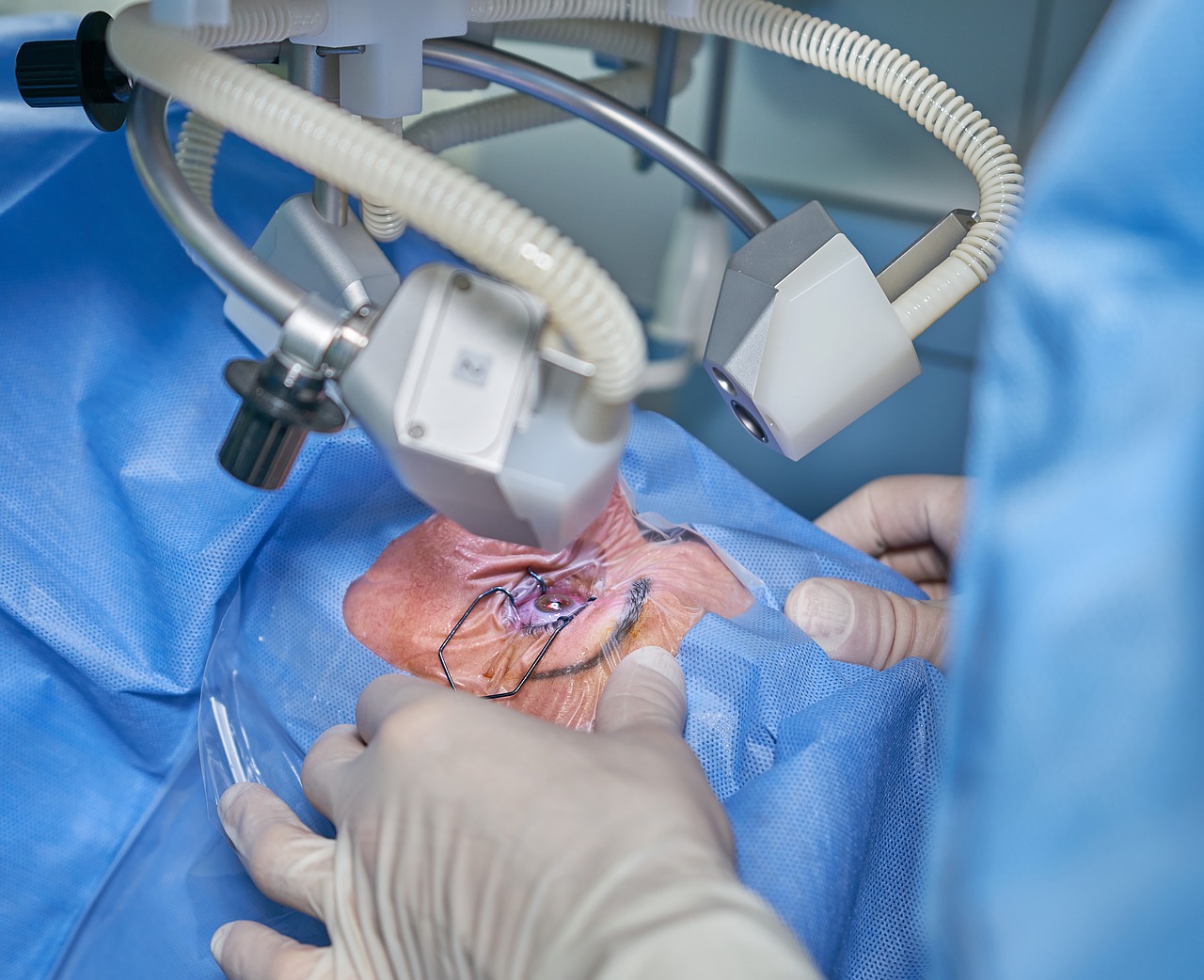The Crystalline Lens
Hi guys,
It is another beautiful day and a wonderful week is expected, we are optimistic about the future and we will continue to hold on to that good in our hearts and in our minds. I hope that you my dear reader is doing quite well and that things are working for your good.

Well, as you may know, the drill by now, once I am here then there's another opportunity to learn something new, refresh your memory, or get an interesting fact about your eye and its health today we are going to be looking at one such fascinating organ.
I do hope that you are ready for what we have to learn today and I do hope that you are impacted one way or the other, if not for yourself or your neighbor or friend or family. Stay with me, let's jump right into it
The Crystalline Lens
The crystalline lens or the lens as most healthcare professionals simply prefer to call it is one of the important pieces to the puzzle of refined vision and while its contribution to distant vision may not be as high in percentage as the cornea, when it comes to near vision the lens it's the center of attraction.
The lens can be found after the hole in the eye which is the pupil, it is transparent or ought to be transparent just like the cornea as we learned from our previous lesson. As you may have guessed right by now, this is to ensure that light can travel through it without interrupting the retina for phototransduction and vision.
One interesting thing you need to know about the lens which contributes to it being the center of attraction for refining near vision is its ability to adjust itself to increase or decrease its refractive power for clear near vision. This ability is referred to as accommodation and without it near vision becomes a headache unless aids are provided.

And so the reason why as we age we tend to have difficulty with near work or reading is because we lose this ability with our lens. This is called Presbyopia; unfortunately, we cannot escape this phenomenon. Here is another thing that we may not be able to escape, Cataract. It is a condition that is quite popular, especially in the developing worlds, and a leading cause of preventable blindness Globally.
Preventable because cataract surgeries are one of the most perfected surgeries globally with almost no mortality rate and don't take long hours to perform, when done right with all parameters being equal good vision is restored to its original state. But then, as I am guessing you may already be asking, what is this cataract thing all about? Well, I will go into details in perhaps another article but here is what you need to know.
Cataract simply refers to the lens losing its transparency and becoming opaque. This is due to its metabolic nature or process where it doesn't dispose of its waste or by-products unlike the rest of the body parts, but keeps piling up thereby affecting its integrity as the years go by. This is purely senile cataract though, there are other forms or ways by which one may develop cataracts and I will go into it later.
Conclusion
.jpg)
Until then though, I do hope that you found an interesting thing about the lens to keep or share with a friend. The eye is a beautiful system and one that ought to be well maintained and kept which is why I would like to once again use the opportunity to remind you to prioritize your ocular health.
Avoid self-care, when in doubt speak to your Optometrist or Ophthalmologist and always do well to report issues about the eye to your nearest eye clinic. Ensure all management is followed through to the letter and do well to have regular checkups. It was a pleasure serving you, thanks for reading.
Further Reading
Cvekl A, McGreal R, Liu W. Lens Development and Crystallin Gene Expression. Prog Mol Biol Transl Sci. 2015;134:129-67. doi: 10.1016/bs.pmbts.2015.05.001. Epub 2015 Jun 12. PMID: 26310154.
Abrahamson IA Jr. Cataract update. Am Fam Physician. 1981 Oct;24(4):111-9. PMID: 7282506.
Asbell PA, Dualan I, Mindel J, Brocks D, Ahmad M, Epstein S. Age-related cataract. Lancet. 2005 Feb 12-18;365(9459):599-609. doi: 10.1016/S0140-6736(05)17911-2. PMID: 15708105..
Avetisov SA, Egorova GB, Borodina NV. Vozrastnaia nedostatochnost' akkomodatsii (presbiopiia): terminologiia, teorii vozniknoveniia, printsipy korrektsii [Age-related insufficiency of accomodation (presbyopia): terminology, origin and principles of correction]. Vestn Oftalmol. 2004 Sep-Oct;120(5):51-4. Russian. PMID: 15529548..
Thanks for your contribution to the STEMsocial community. Feel free to join us on discord to get to know the rest of us!
Please consider delegating to the @stemsocial account (85% of the curation rewards are returned).
You may also include @stemsocial as a beneficiary of the rewards of this post to get a stronger support.
Thank you
This was a very interesting and educational read. Thanks for sharing.
Thanks dear, it's a pleasure to share